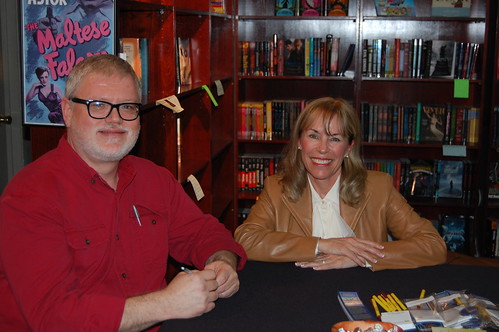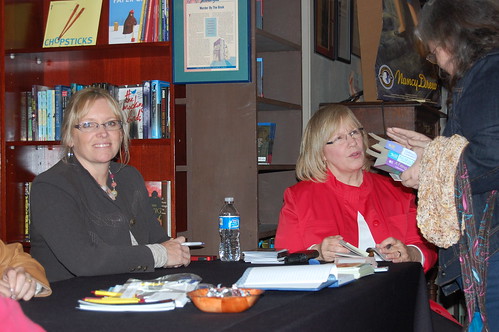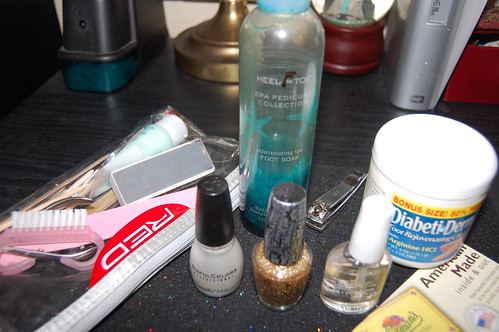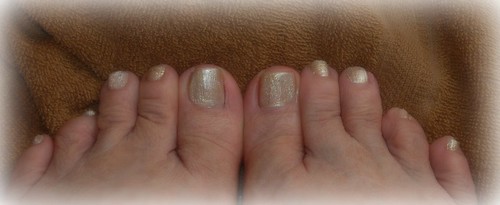 Lynne’s sister Liz was a scientist. Her interests were many and varied; she once took a trip to the Galapagos Islands as scientists and naturalists are wont to do. She loved entomology and could often be found at night chasing down insects and moths. She was my go-to person for a long time on questions relating to all kinds of science and medicine. She was a gifted teacher whose enthusiasm was informative and inspiring.
Lynne’s sister Liz was a scientist. Her interests were many and varied; she once took a trip to the Galapagos Islands as scientists and naturalists are wont to do. She loved entomology and could often be found at night chasing down insects and moths. She was my go-to person for a long time on questions relating to all kinds of science and medicine. She was a gifted teacher whose enthusiasm was informative and inspiring.
After she died, when Lynne and I were going through her things and trying to figure out what to keep, what should be thrown away, what needed to be donated or returned to friends, I plucked this book off a shelf.
 “Can I have this? Please? Huh? Can I have it? Is that okay? I want it. Do you mind?” I babbled, as if there were a pack of Petrologist Wolves outside Liz’s rural Pennsylvania door howling, “We must get our paws on that 1992 Audubon Society Field Guide to North American Rocks and Minerals RIGHT NOW, whatever the cost! With it, we can rule the planet!”
“Can I have this? Please? Huh? Can I have it? Is that okay? I want it. Do you mind?” I babbled, as if there were a pack of Petrologist Wolves outside Liz’s rural Pennsylvania door howling, “We must get our paws on that 1992 Audubon Society Field Guide to North American Rocks and Minerals RIGHT NOW, whatever the cost! With it, we can rule the planet!”
Lynne said something like, “Calm down. Take it.”
I think of Liz every time I consult this field guide, which is often, because I love rocks and crystals. I love their composition and their age and their sources. I know I’d be bored if I tried to study rocks in a classroom, but still, I’m a rock fangirl.
Along with their science, I also love the metaphysical qualities that have come to be attributed to stones and crystals through their centuries of use in healing, transmitting energy, and adorning us in worship, war, and fashion (if you are Vogue editor Anna Wintour, those last three are the same).
I have a ton of books on crystals, but I find that these are the ones I consult over and over–authored by another scientist known only as Melody.

If you look hard at the illustration on the book in the upper left, you can spot a wolf.
SEE?!? I knew it.


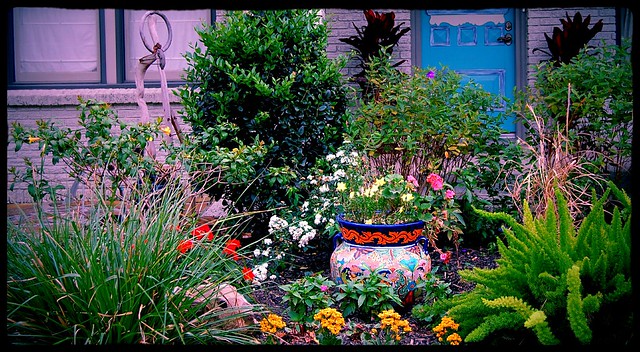






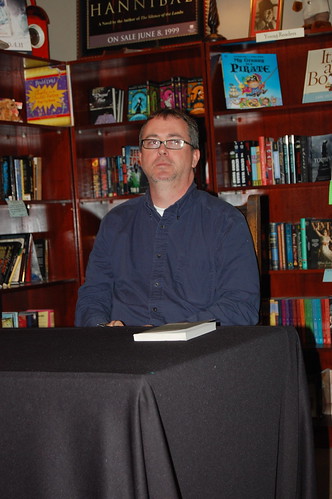 Writers.
Writers. Coke introduced the white polar bear can to raise awareness of the threat to the polar bear and its habitat due to climate change. In partnership with the World Wildlife Fund, Coke committed three million dollars to the campaign. Consumers reacted poorly to the Coke can, either because of their devotion to the color red or because they confused the white can with Diet Coke’s silver can. Coke stopped production of the white polar bear can and now shows the bears on the traditional red can. I’ll bite my tongue on all the things I could say about this–except to note that I loved the white can.
Coke introduced the white polar bear can to raise awareness of the threat to the polar bear and its habitat due to climate change. In partnership with the World Wildlife Fund, Coke committed three million dollars to the campaign. Consumers reacted poorly to the Coke can, either because of their devotion to the color red or because they confused the white can with Diet Coke’s silver can. Coke stopped production of the white polar bear can and now shows the bears on the traditional red can. I’ll bite my tongue on all the things I could say about this–except to note that I loved the white can. Art.
Art.
 Adorability.
Adorability. Family. Our nephew Aaron is visiting for a few days. On Monday, he, Tim, and I went to
Family. Our nephew Aaron is visiting for a few days. On Monday, he, Tim, and I went to  Home. I saw a photo online of a grouping of globes displayed in a home. I liked it, but I have only one globe. I moved it from my office to my living room and added some of my crystal balls, my Manhattan snow globe, Tom’s childhood marbles, and other globe-shaped items next to it. There are twinkly lights there, too, so the crystals glisten at night.
Home. I saw a photo online of a grouping of globes displayed in a home. I liked it, but I have only one globe. I moved it from my office to my living room and added some of my crystal balls, my Manhattan snow globe, Tom’s childhood marbles, and other globe-shaped items next to it. There are twinkly lights there, too, so the crystals glisten at night. Friends. In addition to being my nephew Josh’s birthday, March 12 is my late friend Tim R’s birthday. We dropped by the cemetery to leave wind chimes on his crape myrtle. I wonder if they’ll still be there the next time I visit? I say that not because people steal things, the way they stole from my parents’ gravesite. The other things left over the years are all still there. I just don’t know if it’s too big to be allowed to hang from the tree. We’ll see!
Friends. In addition to being my nephew Josh’s birthday, March 12 is my late friend Tim R’s birthday. We dropped by the cemetery to leave wind chimes on his crape myrtle. I wonder if they’ll still be there the next time I visit? I say that not because people steal things, the way they stole from my parents’ gravesite. The other things left over the years are all still there. I just don’t know if it’s too big to be allowed to hang from the tree. We’ll see!
